
SOLKANE® Spécialités
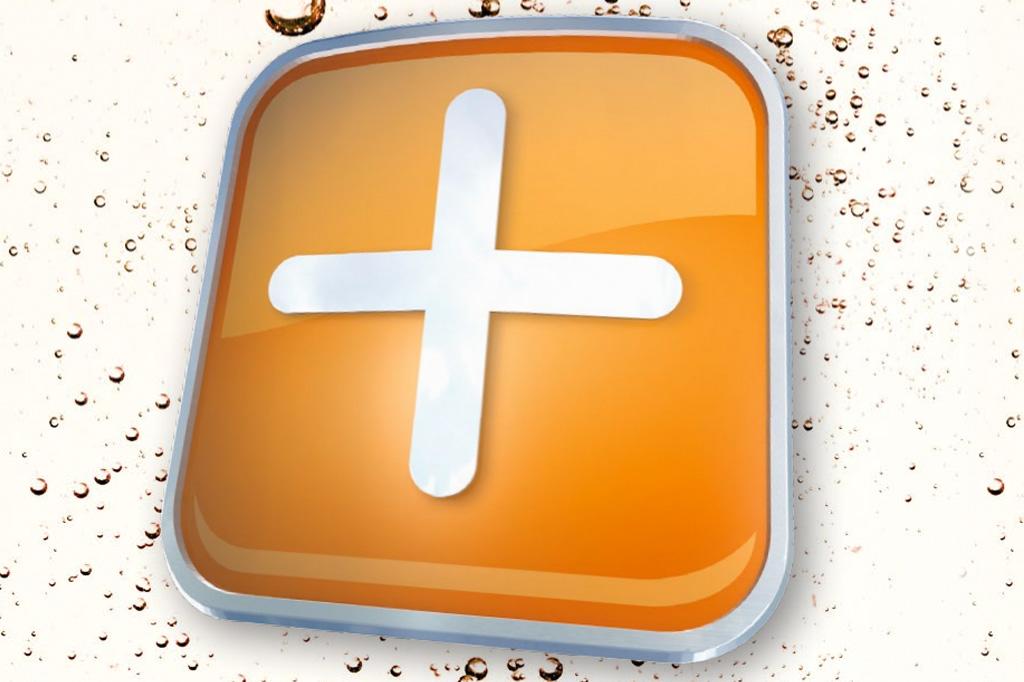
Les produits de spécialité Solkane servent principalement aux applications et aux technologies émergentes. Elles ont le potentiel d’un rôle essentiel dans la résolution des problèmes énergétiques de demain pour une population en croissance.
Les systèmes ORC (Cycles organique de Rankine) sont capable d’extraire de l’électricité à partir de chaleur perdue ou de chaleur issu de la géothermie. La gamme Solkatherm est disponible en plusieurs grades. Ils ont déjà prouvé leur performances dans un certains nombre de segment. Les applications incluent le refroidissement par immersion ou les applications de récupération de chaleur. Le Solkaflam, agent anti-incendie compléte la gamme.
SOLKATHERM® SES36
Fluide de travail haute température
SOLKATHERM® SES36 est un mélange azéotropique de SOLKANE® 365mfc qui bout à 36,7°C. Cela signifie que sa prise en main est particulièrement aisée car :
Les mélanges azéotropes se comportent comme une seule substance. Les phases liquide et vapeur ont la même composition ; le même taux de transfert, d’évaporation ou de condensation.
SOLKATHERM® SES36 a une large plage de compatibilité avec de nombreux matériaux courants. Il est généralement compatible avec tous les plastiques et caoutchoucs non fluorés, si l'on exclut comme exceptions notables le PMMA et le caoutchouc naturel.
Caractéristiques principales
- C'est un liquide ininflammable, mais ses vapeurs forment des mélanges inflammables avec l'air, sur la plage 3,9% (LFL) – 11,7% (UFL). L'Energie Minimum d'Inflammation (MIE) de SOLKATHERM® est très élevée : 130mJ. A titre de comparaison, nous rapportons ci-après les MIE d'autres matériaux de référence : méthane 0,4mJ ; R152a 0,35mJ; n-pentane 0,22mJ. Seuls les fortes décharges électriques et les flammes nues ont l'énergie nécessaire pour enflammer les vapeurs du SOLKATHERM®.
- La flamme ne se propage pas à la phase liquide.
- Il n'est pas répertorié comme substance toxique; il ne représente pas un danger pour la santé s'il est utilisé correctement.
- Il a une odeur caractéristique de 'solvant'. Il peut être détecté par l'odorat avant qu'il n'atteigne de grandes concentrations dans l'air. Ses vapeurs sont plus lourdes que l'air et ont tendance à se disperser au niveau du sol.
- Il est incolore, il ressemble à de l'eau. Il bout rapidement et à une température relativement basse en soustrayant la chaleur de l'environnement. En cela, son comportement est similaire à de nombreux autres solvants bien connus comme les alcools ou les éthers.
- Il est chimiquement stable. Il est compatible avec la plupart des matériaux de construction.
- Il est thermiquement très stable. Ses premières réactions de décomposition se produisent en laboratoire à 220°C. Il a été prouvé dans des conditions de fonctionnement continu jusqu'à 190°C.
- L'auto-allumage est à 580°C
Applications
- Refroidissement par contact direct
- Caloducs
- Cycles ORC
- Fluide caloporteur
- Pompes à chaleur haute température
SOLKATHERM® SES36
High Temperature Working Fluid
 Made in Europe
Made in Europe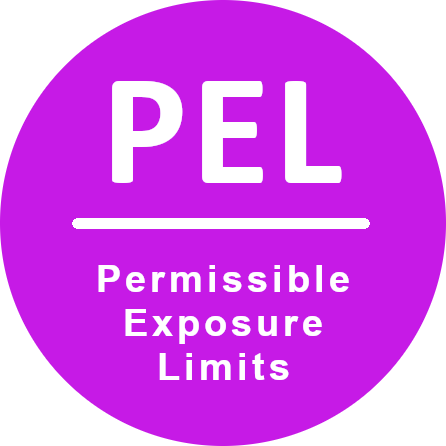 1 000 ppm
1 000 ppm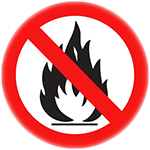 Non-flammable
Non-flammable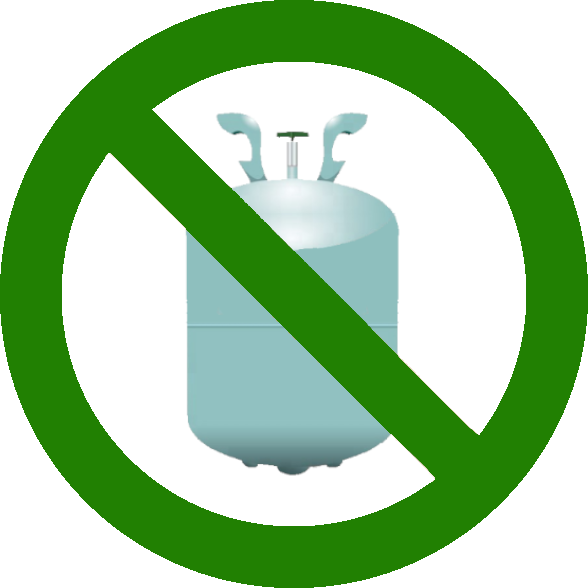 Liquid at ambient temperature
Liquid at ambient temperature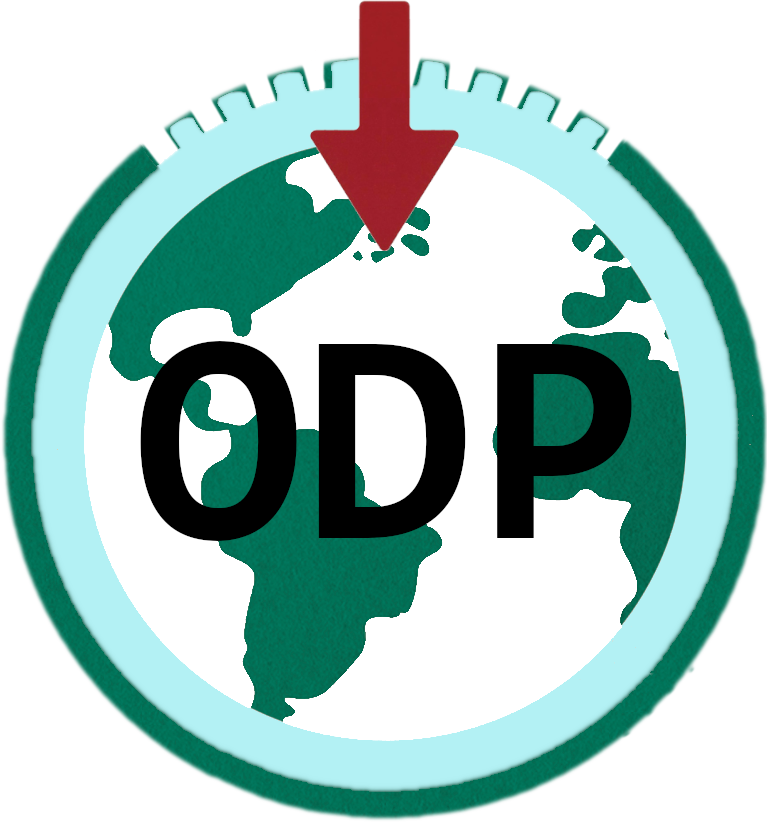 ZERO
ZERO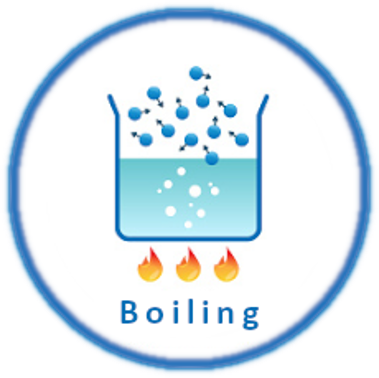 35.6 ° C
35.6 ° C
SOLKATHERM® SES36
High Temperature Working Fluid
 Liquid at ambient temperature
Liquid at ambient temperature Made in Europe
Made in Europe Non-flammable
Non-flammable 1 000 ppm
1 000 ppm 35.6 ° C
35.6 ° C ZERO
ZERO
SOLKATHERM® SES24
Fluide de travail haute température
SOLKATHERM® SES24 est un mélange zéotropique avec un BP (point d’ébullition initial) de 21,4°C et un glissement de température de 15,7 K. SOLKATHERM® SES24 est spécialement conçu pour les applications à haute température, par exemple les système ORC et pompes à chaleur utilisant des sources de chaleur et des dissipateurs de chaleur monophasés.
Applications
- Refroidissement par contact direct
- Caloducs
- Cycles ORC
- Fluide caloporteur
- Pompes à chaleur haute température
Compatibilité des matériaux
SOLKATHERM® SES24 a une large plage de compatibilité avec de nombreux matériaux courants. Il est généralement compatible avec tous les plastiques et caoutchoucs non fluorés, si l'on exclut comme exceptions notables le PMMA et le caoutchouc naturel.
En raison de la relative similitude chimique, la compatibilité de SOLKATHERM® SES24 avec les plastiques et caoutchoucs fluorés n'est pas aussi large qu'on pourrait s'y attendre de la résistance chimique supérieure que ces matériaux sont normalement capables d'assurer. A titre d'exemple, certains joints toriques en caoutchouc fluoré (types Viton®) ne conviennent pas dans les systèmes remplis de SOLKATHERM® SES24. À titre d'exception positive, le PTFE s'est avéré compatible.
SOLKATHERM® SES30
Fluide de travail haute température
SOLKATHERM® SES30 est un mélange zéotropique avec un BP (point d’ébullition initial) de 28,8°C et un glissement de température de 9,7K, SOLKATHERM® SES30 est spécialement conçu pour les applications à haute température, par exemple ORC et pompes à chaleur utilisant des sources de chaleur et des dissipateurs de chaleur monophasés.
Applications
- Refroidissement par contact direct
- Caloducs
- Cycles ORC
- Fluide caloporteur
- Pompes à chaleur haute température
Compatibilité des matériaux
SOLKATHERM® SES30 a une large plage de compatibilité avec de nombreux matériaux courants. Il est généralement compatible avec tous les plastiques et caoutchoucs non fluorés, si l'on exclut comme exceptions notables le PMMA et le caoutchouc naturel.
En raison de la relative similitude chimique, la compatibilité du SOLKATHERM® SES36 avec les plastiques et caoutchoucs fluorés n'est pas aussi large qu'on pourrait s'y attendre de la résistance chimique supérieure que ces matériaux sont normalement capables d'assurer. A titre d'exemple, certains joints toriques en caoutchouc fluoré (types Viton®) ne conviennent pas dans les systèmes remplis de SOLKATHERM® SES30. À titre d'exception positive, le PTFE s'est avéré compatible.
SOLKAFLAM® 227 UL
L'électronique de haut grade nécessite le plus haut niveau de protection incendie : une application idéale pour SOLKAFLAM®
SOLKAFLAM® 227 UL est un substitut important des halons dans les applications où l'espace et/ou le poids sont limités, et ou la vitesse de suppression est importante. La gamme de ces applications spécialisées en protection incendie comprend :
- Créer une protection contre les incendies, où des équipements de grande valeur sont impliqués et la sécurité personnelle doit être prise en compte. Dans ces situations, l'eau ou les produits chimiques secs pourraient endommager ou détruire l'équipement, tandis que SOLKAFLAM® 227 peut supprimer efficacement un incendie sans endommager l'équipement et mettre en danger le personnel qui pourrait nécessiter une bonne minute pour sortir de la zone. Les salles informatiques et les centres de données sont des exemples prototypes de cette application.
- Suppression de la combustion ou de l'explosion de vapeurs inflammables dans l'air, par exemple ; dans les moteurs à réaction d'avion ou dans les stations-service.
- Protection incendie dans les zones maritimes telles que les navires, les plates-formes pétrolières et autres bases maritimes.
Agents d'extinction d'incendie de nouvelle génération
Depuis les années 1960, les halons, et en particulier le Halon 1301 (CBrF3), ont été largement utilisés comme agents d'extinction d'incendie, ils sont bien connus pour leur faible toxicité et leur haute efficacité, cette dernière étant due à la teneur en brome.
Néanmoins, comme le brome et comme le chlore, est responsable de l'appauvrissement de l'ozone stratosphérique, la fabrication, la vente et l'utilisation des halons ont été réglementées selon les termes du Protocole de Montréal.
Alors que la production de halons a déjà été interdite, l'utilisation de halons dans les extincteurs à main et les systèmes d'inondation totale est interdite dans la Communauté européenne depuis 2003 (Règlement CE 2037/2000). Depuis le début de 2004, l'utilisation de halons n'est autorisée que pour les applications critiques avec une licence d'exemption et le remplissage des systèmes contenant des halons est interdit.
Ainsi, de nouveaux systèmes à base d'azote, d'argon et de dioxyde de carbone ont été lancés. Ces extincteurs standards fonctionnant à la poudre, à l'eau ou au dioxyde de carbone sont de plus en plus utilisés et, pour des applications spéciales, les agents extincteurs hydrofluorocarbonés de nouvelle génération HFC 125 (pentafluoroéthane) et HFC 227 (heptafluoropropane) ont été lancés. Plus précisément, les remplacements du Halon 1301, nécessitant des concentrations d'extinction comparables, présentant des profils de toxicité appropriés similaires aux concentrations utilisées et offrant des possibilités de manipulation universelles.
Solkane Specialties mainly serve applications and technologies that are only emerging today but that have potential to play a vital part in solving tomorrow’s energy problems of a growing population.
Organic Rankine Cycle (ORC) units are able to extract electricity from low temperature waste or geothermal heat. Solkatherm – available in several grades – has already proven its superior performance in this segment. Other applications include immersion cooling or (thermal) heat recovery applications. Our Solkaflam fire fighting agent completes the line of Solkane specialties.
SOLKATHERM® SES36
A high temperature working fluid
SOLKATHERM® SES36 is an azeotropic mixture of SOLKANE® 365mfc which boils at 36.7°C. This means that its handling is particularly easy because:
Azeotropic mixtures behave like a single-substance. The liquid and vapor phase have the same composition; transferring, evaporating or condensing SOLKATHERM® SES36 will not affect its composition.
Substances which can be transported as liquid have, by definition, at 50°C a vapor pressure lower than 3 bar. They can be filled into containers which are not pressurized gas cylinders. These containers have to comply with minimal burst pressure requirements and they are easy to handle.
SOLKATHERM® SES36 has a wide compatibility range with many common materials. It is generally compatible with all non-fluorinated plastics and rubbers, if we exclude as notable exceptions PMMA and natural rubber.
Main characteristics
- It is a non flammable liquid, but its vapors form flammable mixtures with air in the range 3,9% (LFL) – 11,7% (UFL). The Minimum Ignition Energy (MIE) of SOLKATHERM® is very high: 130mJ. For comparison, we report hereafter the MIE of other reference materials: methane 0,4mJ; R152a 0,35mJ; n-pentane 0,22mJ. Only strong electric discharges and naked flames have the energy to ignite SOLKATHERM® vapors.
- The flame does not propagate to the liquid phase.
- It is not listed as toxic substance; it does not represent a health hazard if used properly.
- It has a characteristic odor of 'solvent'. It can be detected by smell before it reaches large concentrations in air. Its vapors are heavier than air and have the tendency to disperse at ground level.
- It is colorless, it looks like water. It boils fast and at a relatively low temperature subtracting heat from the environment. In this, its behaviour is similar to many other well-known solvents like alcohols or ethers.
- It is chemically stable. It is compatible with most construction materials.
- It is thermally very stable. Its first decomposition reactions occur in laboratory at 220°C. It has been proved in continuous operation conditions up to 190°C.
- Auto-ignition is at 580°C
Applications
- Direct Contact Cooling
- Heat Pipes
- ORC-cycles
- Heat transfer fluid
- High temperature Heat Pumps
SOLKATHERM® SES36
High Temperature Working Fluid
 Made in Europe
Made in Europe 1 000 ppm
1 000 ppm Non-flammable
Non-flammable Liquid at ambient temperature
Liquid at ambient temperature ZERO
ZERO 35.6 ° C
35.6 ° C
SOLKATHERM® SES36
High Temperature Working Fluid
 Liquid at ambient temperature
Liquid at ambient temperature Made in Europe
Made in Europe Non-flammable
Non-flammable 1 000 ppm
1 000 ppm 35.6 ° C
35.6 ° C ZERO
ZERO
SOLKATHERM® SES24
High Temperature Working Fluid
SOLKATHERM® SES24 is a zeotropic mixture with a NBP (normal boiling point) of 21.4°C and a temperature glide of 15.7 K. SOLKATHERM® SES24 is especially designed for high temperature application e.g. ORC and heat pumps using single phase heat sources and heat sinks.
Applications
- Direct contact cooling
- Heat pipes
- ORC-cycles
- Heat transfer fluid
- High temperature heat pumps
Material Compatibility
SOLKATHERM® SES24 has a wide compatibility range with many common materials. It is generally compatible with all non-fluorinated plastics and rubbers, if we exclude as notable exceptions PMMA and natural rubber.
Due to the relative chemical similarity, the compatibility of SOLKATHERM® SES24 with fluorinated plastics and rubbers is not as wide as it could be expected from the superior chemical resistance that normally those materials are able to assure. As an example, some fluorinated rubbers o-rings (Viton® types) are not suitable in systems filled with SOLKATHERM® SES24. As a positive exception, PTFE has proven to be compatible.
SOLKATHERM® SES30
High Temperature Working Fluid
SOLKATHERM® SES30 is a zeotropic mixture with a NBP (normal boiling point) of 28.8°C and a temperature glide of 9.7K, SOLKATHERM® SES30 is especially designed for high temperature application e.g. ORC and heat pumps using single phase heat sources and heat sinks.
Applications
- Direct contact cooling
- Heat pipes
- ORC-cycles
- Heat transfer fluid
- High temperature heat pumps
Material Compatibility
SOLKATHERM® SES30 has a wide compatibility range with many common materials. It is generally compatible with all non-fluorinated plastics and rubbers, if we exclude as notable exceptions PMMA and natural rubber.
Due to the relative chemical similarity, the compatibility of SOLKATHERM® SES36 with fluorinated plastics and rubbers is not as wide as it could be expected from the superior chemical resistance that normally those materials are able to assure. As an example, some fluorinated rubbers o-rings (Viton® types) are not suitable in systems filled with SOLKATHERM® SES30. As a positive exception, PTFE has proven to be compatible.
SOLKAFLAM® 227 UL
High grade electronic requires the highest standard of fire protection: an ideal deployment zone for SOLKAFLAM®
SOLKAFLAM® 227 UL is an important halon substitute primarily in occupied areas where space and/or weight are constrained, or speed of suppression is important. The range of these specialized fire protection applications include:
- Creating fire protection, where high value equipment is involved and personal safety must be considered. In these situations, water or dry chemicals could damage or destroy equipment, whereas SOLKAFLAM® 227 can effectively suppress a fire without damaging the equipment and endangering personnel who might require a significant part of a minute to exit the area. Computer rooms and data centres are prototypical examples for this application.
- Suppressing burning or explosion of flammable vapor in the air, for example; in aircraft jet engines or at gasoline service stations.
- Fire protection in maritime areas such as ships, oil platforms and other maritime bases.
New Generation Fire Extinguishing Agents
Since the 1960's halons, and especially Halon 1301 (CBrF3) have been widely used as fire extinguishing agents and well known for its low toxicity and high efficiency, the latter being accounted to the bromine content.
Nevertheless, as bromine, like chlorine, is responsible for depleting the protective stratospheric ozone, the manufacture, sale and use of halons have been regulated under the terms of the Montreal Protocol.
While the production of halons has already been banned, the usage of halons in hand-held fire extinguishers and total flooding systems has been forbidden in the European Community since 2003 (EC Regulation2037/2000). Since the beginning of 2004 the use of halons is only permitted for critical applications with an exemption license and the refilling of halon containing systems is prohibited.
Accordingly, new systems based on nitrogen, argon and carbon dioxide were launched. These standard fire extinguishers operating with powder, water or carbon dioxide are becoming increasingly more used, plus, for special applications, the new generation hydrofluorocarbon fire extinguishing agents HFC 125 (pentafluoroethane) and HFC 227 (heptafluoropropane) were launched. Specifically, replacements for Halon 1301, requiring comparable extinguishing concentrations, exhibiting similar suitable toxicity profiles at used concentrations, and providing universal handling possibilities.
| Material Compatibility | SOLKATHERM® SES36 | SOLKATHERM® SES24 | SOLKATHERM® SES30 | |
|---|---|---|---|---|
| Thermoplastics | ||||
| PVC - Polyvinylchloride | + | + | + | |
| PE-HD - High-densitypolyethylene | + | + | + | |
| PMMA - Polymethylmethacrylate | - | - | - | |
| PC - Polycarbonate | + | + | + | |
| PP - Polypropylene | + | + | + | |
| Nylon 66 | + | + | + | |
| PS - Polystyrene | + | + | + | |
| PETG - Polyethylene terephthalate | + | + | + | |
| PTFE - Polytetrafluoroethylene | + | + | + | |
| Elastomers | ||||
| Neoprene | + | + | + | |
| Viton® A | – | – | – | |
| EPDMrubber | + | + | + | |
| Naturalrubber | – | – | – | |
| Nitrilrubber | + | + | + | |
| Silicone | o | o | o | |
| + compatible / o border line / – not compatible | ||||
| Physical Properties | SOLKATHERM® SES36 | SOLKATHERM® SES24 | SOLKATHERM® SES30 | |
|---|---|---|---|---|
| Average Molecular Weight | kg/Kmol | 184,5 | 150,6 | 149,425 |
| Glide | °K | 0 | 13,2 | 8,2 |
| Boiling Point at 1,013 bar | °C | 35,6 | 23,9 | 30,6 |
| Critical Temperature | °C | 177,6 | 177,1 | 181,6 |
| Critical Pressure | bar | 28,5 | 32,8 | 32,7 |
| Critical Density | kg/m3 | N/C | 486,7 | 480,7 |
| Critical Volume | mPas | N/C | 0,779 | 0,788 |
| Density Liquid (saturated) 1 | kg/m3 | 1365,4 | 1,283 | 1,269 |
| Density Vapour (saturated) 1 | kg/m3 | 5,3 | 3,979 | 3,704 |
| Heat of Vaporisation 1 | kJ/kg | 129,2 | 184,68 | 189,52 |
| Specific Heat Capacity (Liquid) 1 | kJ/kgK | 1,21 | 1,359 | 1,36 |
| Volume Resistivity 1 | Ω cm | 5 108 | N/C | N/C |
| Dielectric Constant 1 | 6,9 | N/C | N/C | |
| 1 at 25°C | ||||
